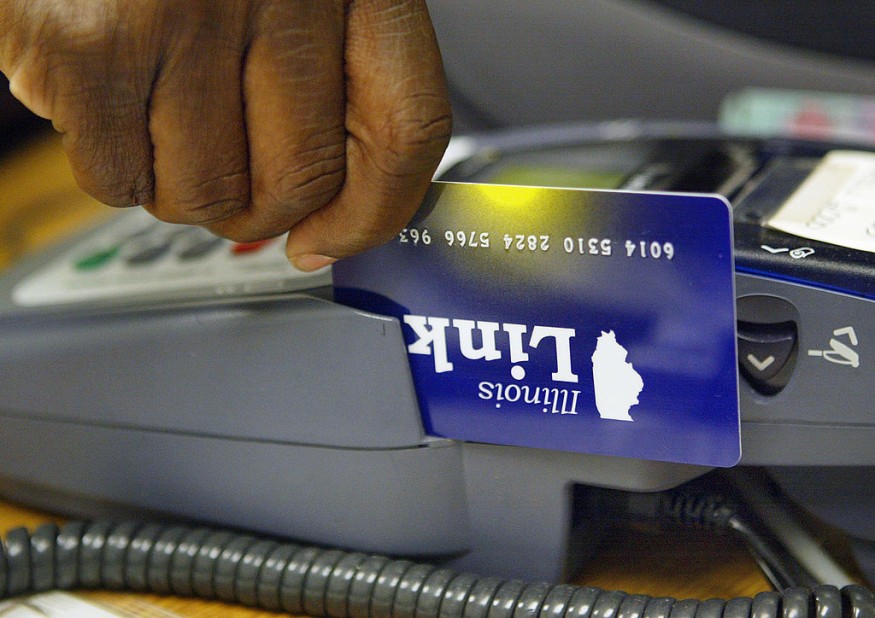SNAP Benefits: You Can Get More Money If You're Paying Rent

SNAP benefits or Supplemental Nutrition Assistance Program is a form of nutrition benefit given to families struggling to put food on the table. Usually, the benefit is based on its beneficiaries' income and certain expenses.
Go Banking Rates noted that SNAP benefits have more than 41 million participants in the nation, which is 12% of the population.
SNAP benefits have a standard application process, but some states would sometimes impose their own rules when it comes to SNAP benefits application.
However, one factor has remained a common denominator across the United States, such as beneficiaries' rent or mortgage payments.
Your monthly housing payments affect SNAP benefits eligibility.
If you pay rent and mortgage, it determines your SNAP benefits eligibility, which also depends on your household and state.
The general rule is that the greater your housing payments, the larger your SNAP benefits will be.
If you are not paying rent, mortgage, or utilities, you may still be eligible for SNAP. But the amount will be less than those who pay for housing expenses.
READ NEXT : SNAP Benefits Update: Are You a Victim of SNAP Scam? There's a Chance You Could Get Your Money Back!
SNAP Benefits Eligibility
Your living situation would sometimes dictate how much SNAP benefits you will receive despite paying rent, mortgage, or utilities.
For instance, if you are under 22 and living with your parents, you are likely not eligible for your own SNAP as you will be required to be included in your parents' benefits.
However, if you are 22 or older, you can apply for your own SNAP benefits even if you live with your folks.
There are also people who fall into the category of "boarder," which is the term for people who rent a room with someone else and pay that person at least half their weekly expenses for meals.
Boarders are ineligible for their own SNAP program as they are considered to be part of another's household expenses.
However, if you live with someone and pay them only rent, you can apply for SNAP benefits.
Other factors that determine SNAP benefits eligibility are the applicants' income and assets.
Center on Budget and Policy Priorities noted that assets for a household without a member aged 60 or older or who has a disability must have assets of $2,750 or less. Meanwhile, such households should have assets of $4,250 or less.
Resources considered as an asset include bank accounts, but the household's home, personal property, and retirement savings are not considered assets.
SNAP Benefits Update
The states of California, Colorado, Idaho, Iowa, and Nevada, among others, will be distributing the SNAP benefits between April 1 to April 10.
Meanwhile, Florida will be distributing SNAP benefits, also commonly known as food stamps, from April 1 to April 28, according to Go Banking Rates.
The benefits are usually distributed through deposits to the Electronic Benefits Transfer card, which is sent to eligible applicants by mail.
Some states have different names for their cards, with Texas calling it the Lone Star Card.
READ MORE: Unemployment Benefits California: Do Part-Time Workers Qualify?
This article is owned by Latin Post.
Written by: Mary Webber
WATCH: Yes, some families may see a drop in SNAP benefits after getting an increase in Social Security payments - from 11 Alive
Subscribe to Latin Post!
Sign up for our free newsletter for the Latest coverage!
© 2025 Latin Post. All rights reserved. Do not reproduce without permission.














